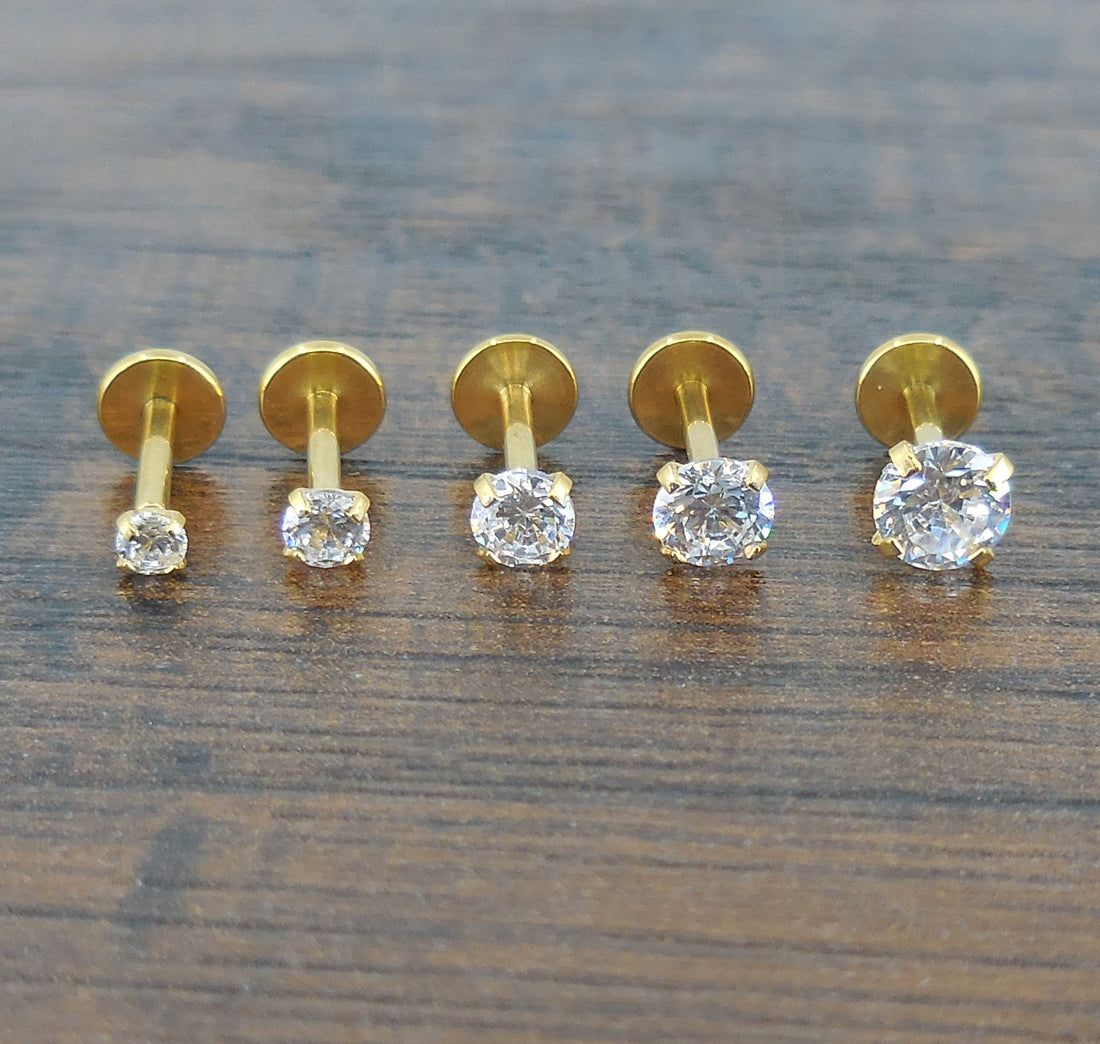Introduction
Fashion trends come and go, but some have a lasting impact, becoming timeless classics that transcend generations. One such trend that has taken the jewelry world by storm is the rise in popularity of cartilage earrings. These dainty and charming pieces of jewelry have not only become a fashion statement but also a means of self-expression. In this article, we will delve into the world of cartilage earrings, exploring their origins, designs, and the reasons behind their enduring popularity.
The Origins of Cartilage Earrings
Cartilage earrings, as the name suggests, are designed to be worn in the cartilage of the ear, as opposed to traditional earrings that hang from the earlobe. This style of piercing and adorning the ear has ancient roots, dating back thousands of years to various cultures around the world.
One of the most well-known forms of cartilage earrings is the hoop, a design that can be traced back to ancient Rome and Greece. These civilizations often adorned their ears with gold or silver hoop earrings, showcasing their wealth and status. In more recent history, cartilage piercings and earrings gained popularity in the 1970s and 1980s, largely due to the punk and alternative fashion movements.
Designs and Variations
The beauty of cartilage earrings lies in their diversity of designs and styles. They come in an array of shapes, sizes, and materials, making them suitable for all fashion tastes. Some popular cartilage earring designs include:
-
Hoop Earrings: These classic pieces come in various sizes and metals, from delicate gold hoops to edgier stainless steel or titanium options.
-
Studs: Cartilage studs can be simple yet elegant, featuring gemstones, pearls, or intricate designs. They are perfect for adding a touch of sophistication to your look.
-
Cuffs: Cartilage ear cuffs are versatile and require no piercing. They gently hug the ear's contours, creating a unique and stylish appearance.
-
Barbells and Chains: These earrings incorporate tiny barbells or chains connecting multiple piercings, offering a chic and trendy look.
-
Feathers and Charms: For those seeking a more bohemian or eclectic style, cartilage earrings adorned with feathers, charms, or symbolic symbols are a popular choice.
Why Cartilage Earrings are So Popular
-
Personalization: Cartilage earrings allow individuals to personalize their ear piercings and express their unique style. Whether you prefer a minimalist aesthetic or a bolder look, there's a cartilage earring to match your taste.
-
Less Commitment: Unlike traditional earlobe piercings, cartilage piercings often require less commitment. They can close up more easily if you decide you no longer want to wear earrings in a particular location.
-
Mix and Match: Multiple cartilage piercings create endless opportunities for mixing and matching earring styles. This trend has given rise to the curated "ear party," where people adorn their ears with a combination of studs, hoops, and cuffs.
-
Versatility: Cartilage earrings are versatile enough to suit any occasion. You can wear them casually for everyday outings or dress them up for formal events.
-
Celebrities and Influencers: The influence of celebrities and social media influencers cannot be underestimated. When prominent figures sport cartilage earrings, they inevitably become more desirable and trendy.
Conclusion
The popularity of cartilage earrings shows no sign of waning, and for good reason. These versatile pieces of jewelry offer an opportunity for personal expression and experimentation with style. As fashion continues to evolve, cartilage earrings remain a staple, showcasing their enduring appeal and adaptability to various tastes and trends. Whether you're looking for a delicate addition to your ear or aiming to create an intricate ear party, cartilage earrings are here to stay, making a lasting mark on the world of fashion and self-expression.

